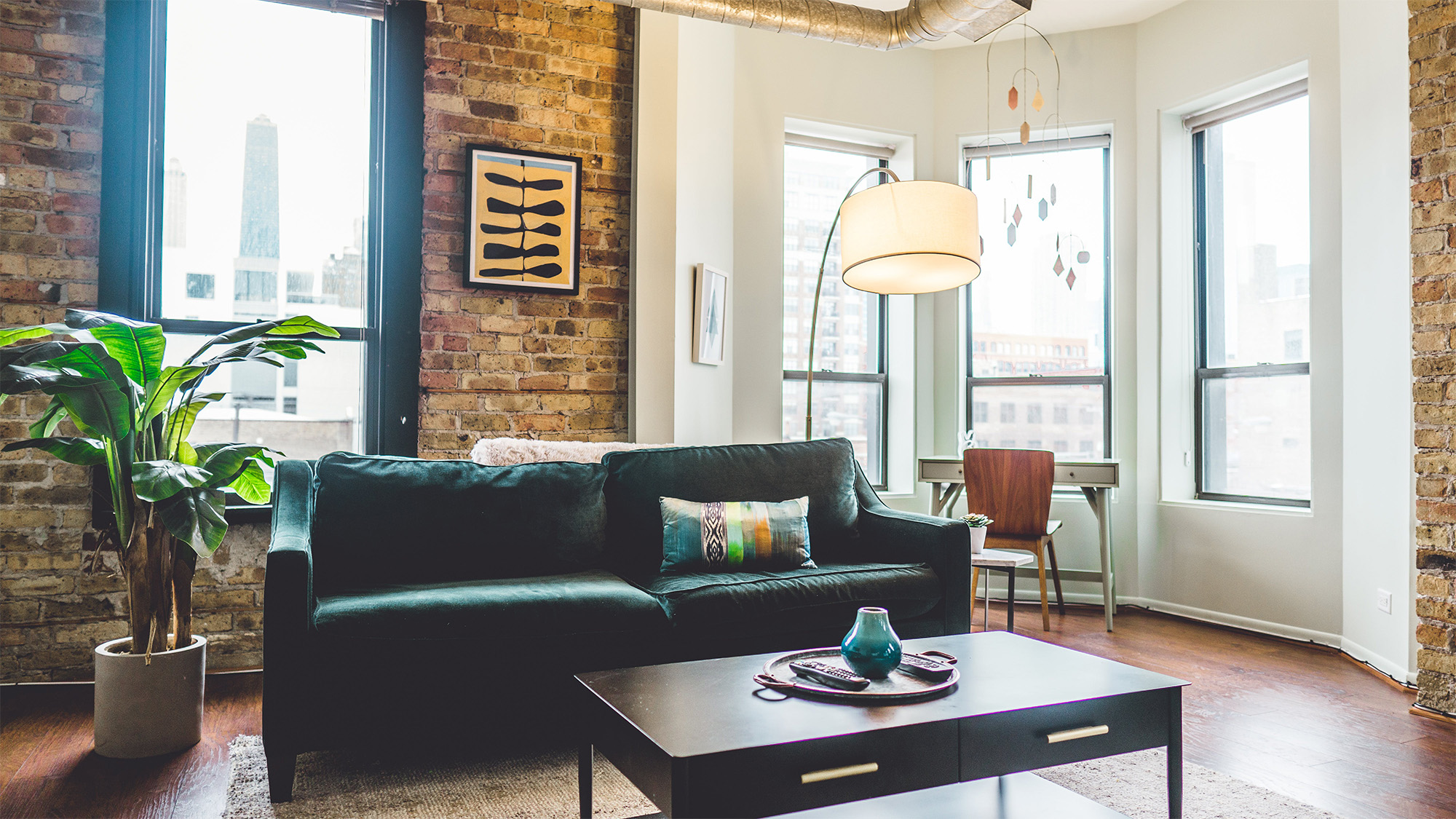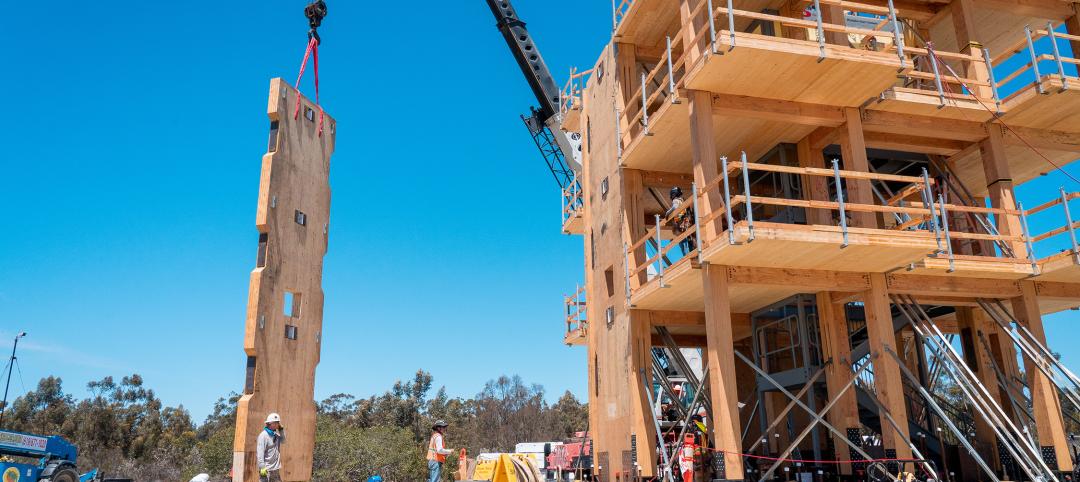The Trends Outlook Report by the American Society of Interior Designers (ASID) is the first of a three-part outlook series on interior design. The report is a collection of research from the U.S. Census Bureau, the Pew Research Center, and ASID's own survey research.
The findings of the 2024 report show an ever-present importance for community, connection, and authenticity. Here is the breakdown of all 11 design trends:
Top 11 Interior Design Trends for 2024
1. Living with and learning from Gen Z
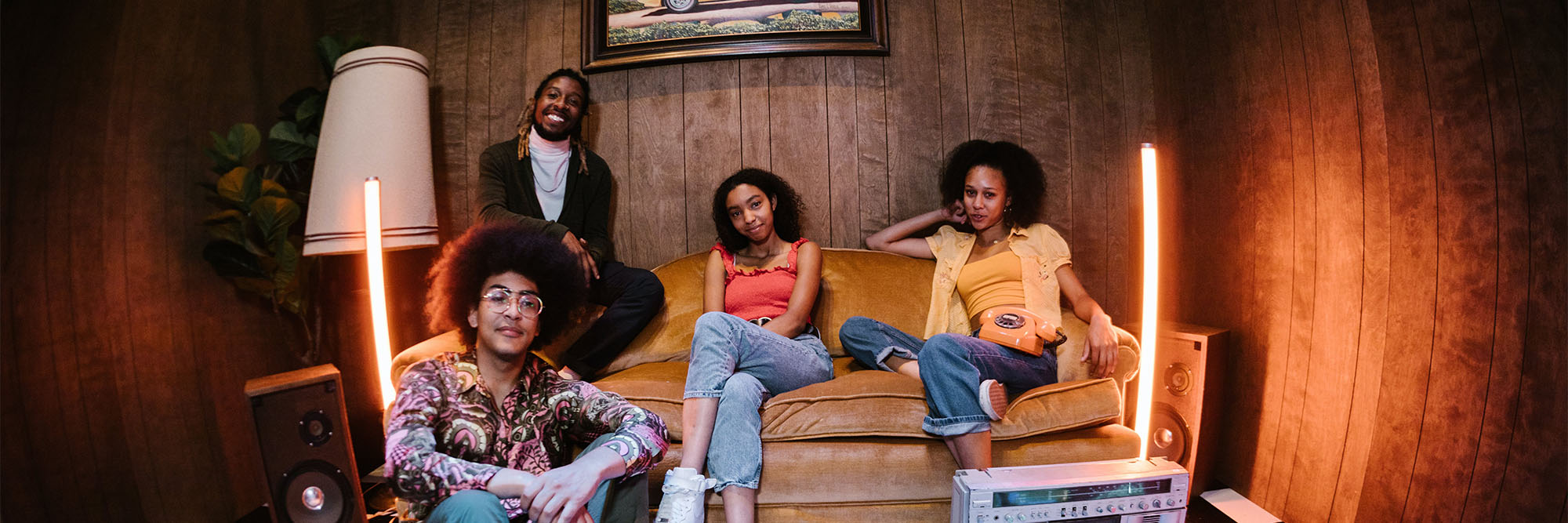
Gen Z, shaped by a unique set of challenges and experiences, seeks genuine connections and prioritizes spaces that foster community and social impact. Designers need to be mindful of their evolving values and concerns to create meaningful environments that resonate with this influential generation.
“Gen Z seeks genuine connections, and as this generation enters and occupies consumer culture, designers should be familiar with their evolving empathies and concerns.” — The Trends Outlook Report
2. Solo living and seeking connection
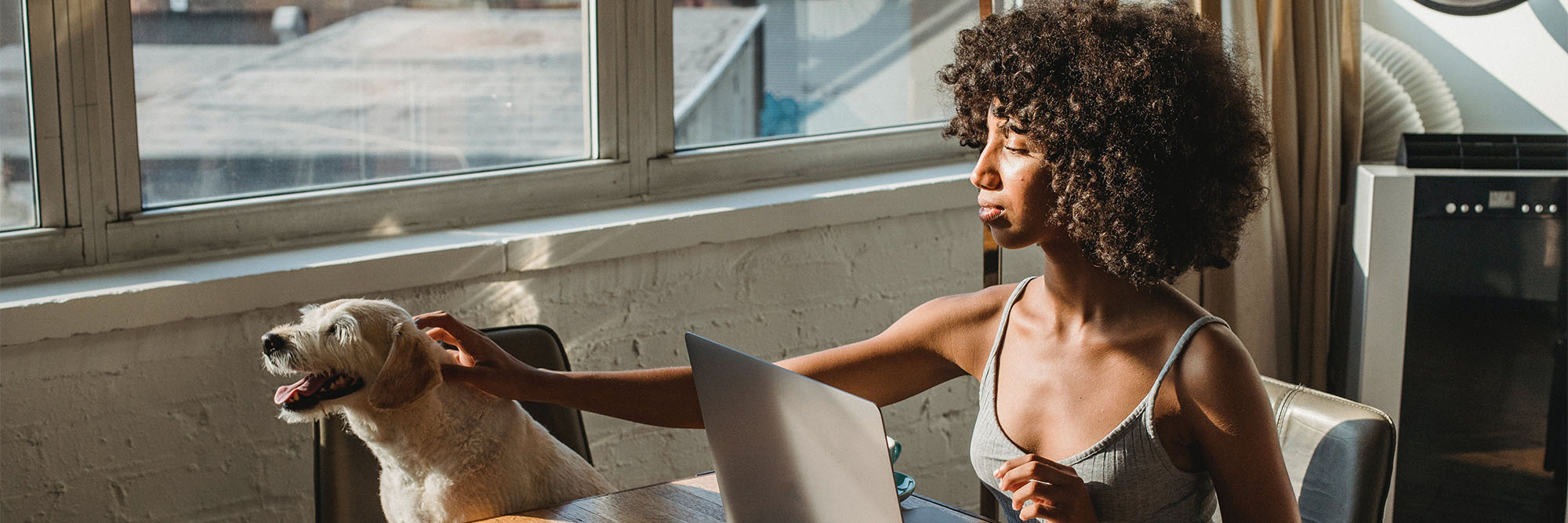
With the rise of single-person households, the need for connection within the home takes center stage. Designers are responding by emphasizing kitchen islands as social hubs and living spaces that seamlessly blend indoor and outdoor environments, fostering easy gathering and a sense of belonging.
“With solo-living on the rise, Americans are seeking connectedness to loved ones and their communities.” — The Trends Outlook Report
3. Comfortable and connected living

Friendship remains a vital concept across generations, and spaces are evolving to reflect this desire for camaraderie and comfort. From expansive kitchen islands that double as dining areas to living rooms with doors that open onto patios, the focus is on fostering connections with loved ones and furry friends, with pet-friendly materials and durable designs becoming increasingly important.
“Designers can support the comfort and camaraderie occupants desire by creating opportunities for gathering in the home, incorporating pet-friendly products, and designing spaces for amusement and ‘eatertainment’.” — The Trends Outlook Report
4. Health & wellness
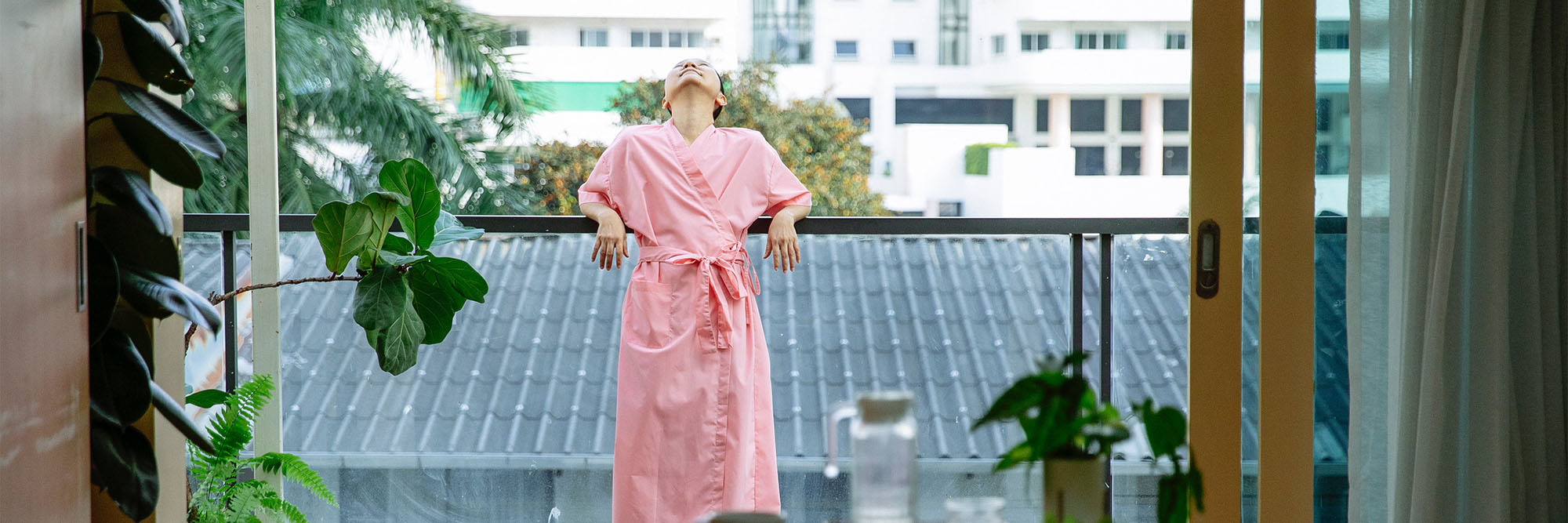
Wellness takes center stage in 2024, with consumers prioritizing natural, clean products and spaces that promote their health and well-being. Spa-inspired bathrooms and sleep-focused designs provide havens for relaxation, while the growing “sober-conscious” trend reflects a broader focus on mindful living.
“Consumers will spend more on the products that improve their health and wellbeing. Designers must consider this self-care push, including harnessing sleep data to support more rest for occupants.” — The Trends Outlook Report
5. Quiet luxury
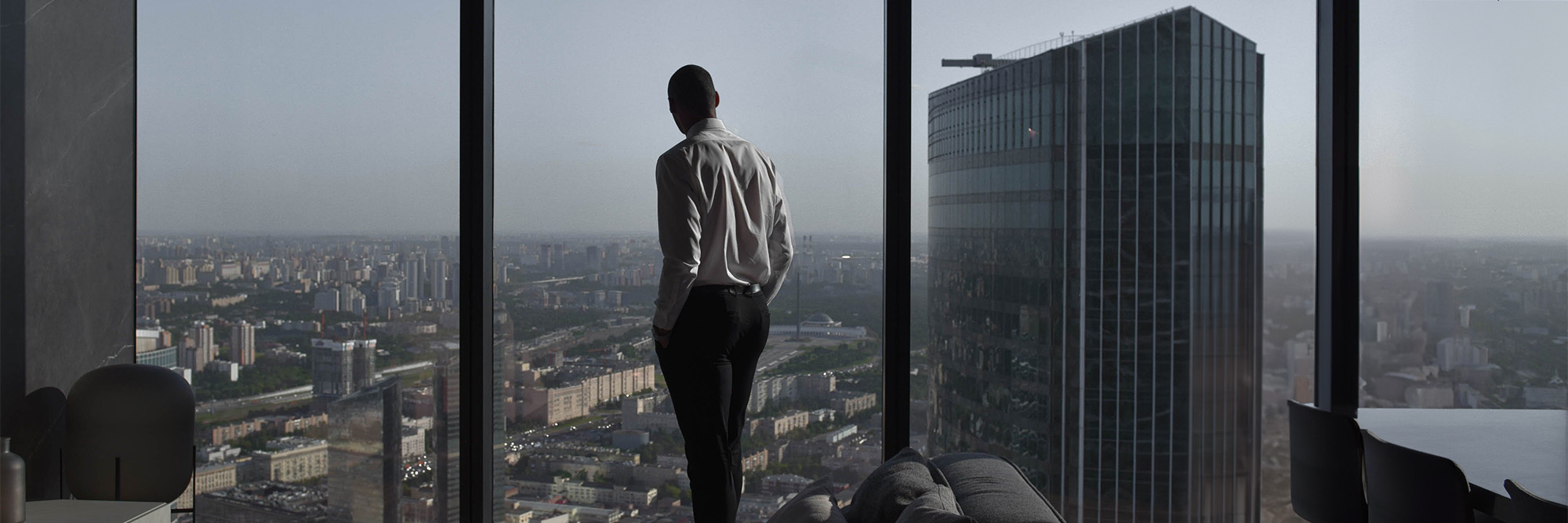
Luxury takes a shift towards personalized experiences and meaningful connections. Consumers are investing in timeless pieces that hold personal value and prioritize immersive experiences that leave a lasting emotional impact. This shift away from trendy items reflects a growing desire for sustainability and mindful consumption.
“Consumers seek a more low-key and personalized approach to luxury, investing in items that have more longevity and relevance—a more sustainable way to shop, as well.” — The Trends Outlook Report
6. Blurred lines in travel
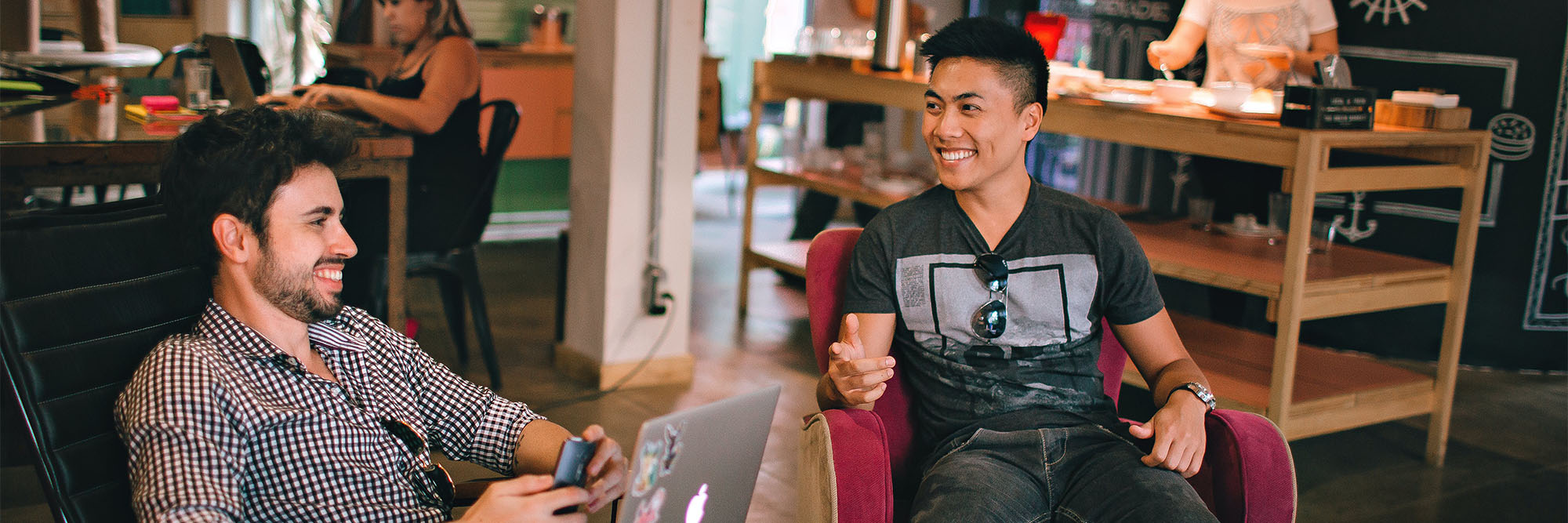
The lines between living, working, and playing are blurring. Alternative accommodations and hybrid work models necessitate multifunctional spaces, from “eatertainment” areas in residences to co-working spaces and rooftop bars in corporate offices. Design becomes multifaceted, catering to the shifting needs of a world where work and leisure seamlessly blend.
“Alternative accommodations are on the rise, with guests blurring the lines of living, working, staying and playing.” — The Trends Outlook Report
7. A custom approach to today's workplace
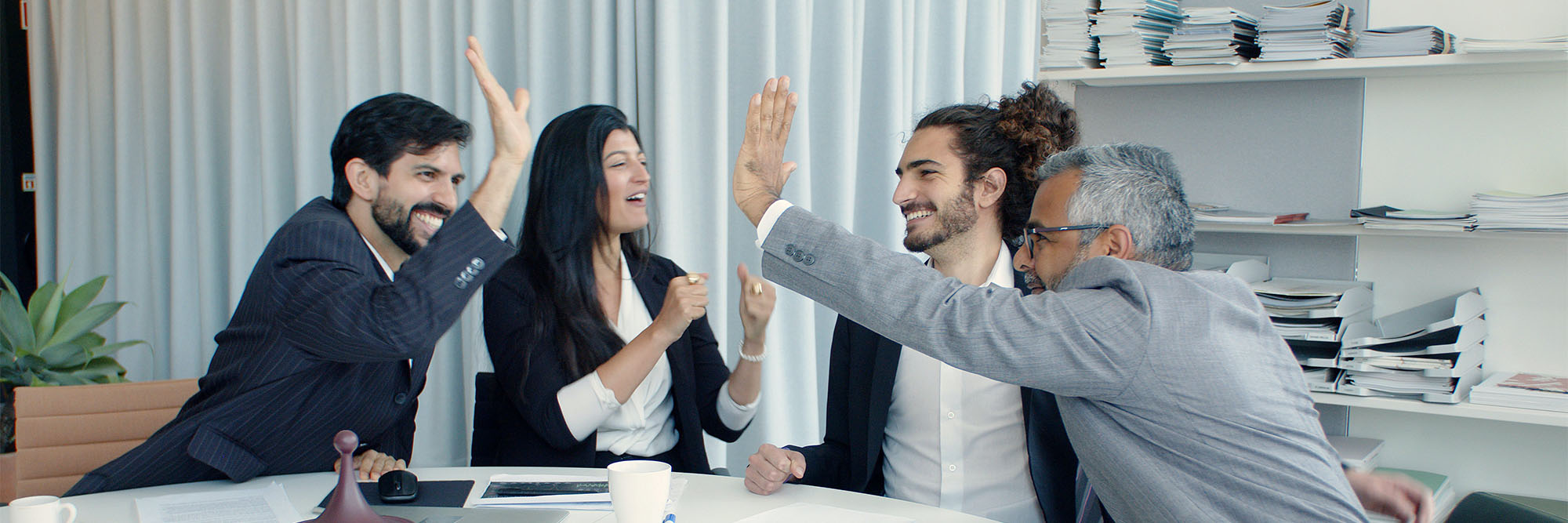
Hybrid work demands a personalized approach to office design. Designers need to cater to the diverse preferences of different generations. Millennials embrace the flexibility of hybrid schedules, while Gen Z and Boomers often seek the professional mentorship and social interaction found in the office environment.
“Designers have the opportunity to help organizations create a more personalized approach to their hybrid work strategies, with physical spaces that support employee productivity and balance collaboration with focus.” — The Trends Outlook Report
8. AI technology
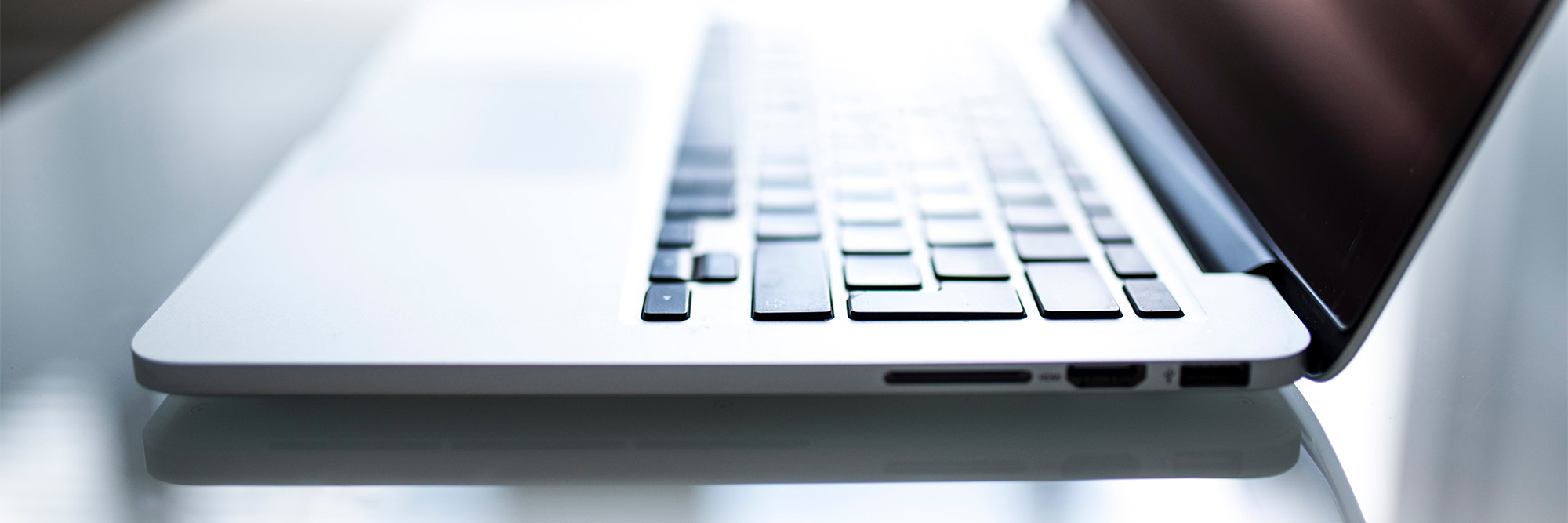
Artificial intelligence revolutionizes the design industry, offering personalized experiences and optimizing spaces for functionality and sustainability. Generative AI creates floor plans, designs, and even manages energy efficiency, pushing the boundaries of what design can achieve.
“Generative AI applications are being used in a variety of applications, such as generating floor plans, design iterations, occupancy and energy models, among other solutions; others are using it to increase autonomy and create experience-driven design.” — The Trends Outlook Report
9. Digital marketing in design

Mobile advertising reigns supreme, while social media platforms become a haven for thought leadership and employee advocacy. Businesses embrace their own employees as brand ambassadors, leveraging their voices to reach new audiences and influence marketing strategies.
“Employers, including designers, can look to their own workforce for advertising, as many employees are communicating and advocating for their brands on social media. ” — The Trends Outlook Report
10. Extreme weather event and climate impact
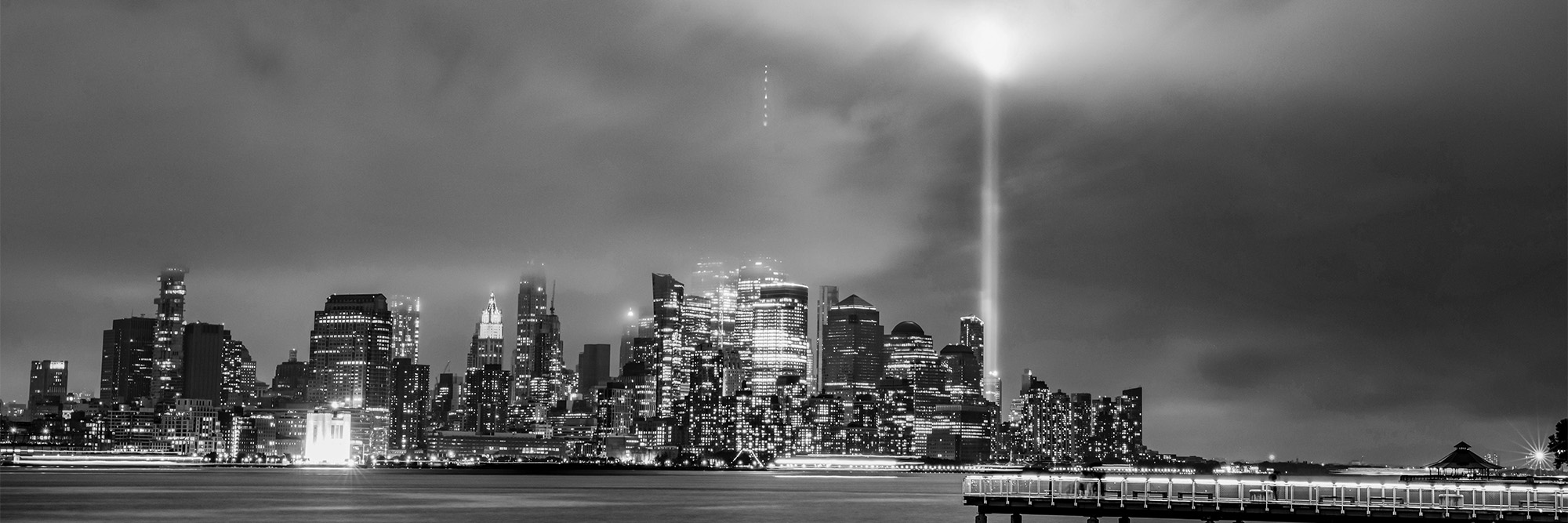
Climate change becomes a tangible reality, influencing consumer choices and design trends. With the increasing frequency of extreme weather events, sustainability takes center stage. Consumers support renewable energy solutions but remain hesitant about drastic lifestyle changes, creating a challenge for designers to create environmentally conscious spaces that resonate with diverse needs.
“Two-thirds of Americans say that they've experienced at least one of the five types of extreme weather (heat wave, flood, drought, wildfire, rising sea level), in the past year. Americans support making changes to address global climate change and prioritizing renewable sources—and designers have the power to contribute to these solutions.” — The Trends Outlook Report
11. Sustainability rules
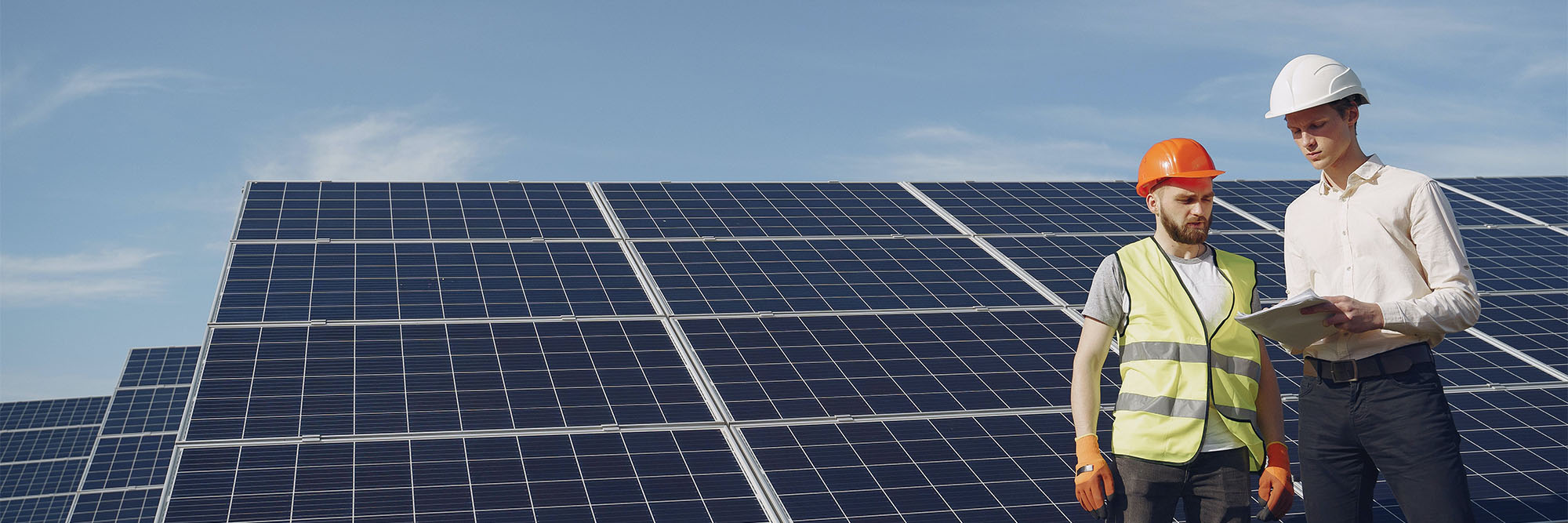
The future of work prioritizes high-quality, low-carbon spaces to attract talent and comply with changing regulations. Investment in sustainability tech surges, allowing for better metrics and reporting. Designers who can help clients meet their sustainability goals and create holistic environments that support individual health, community well-being, and environmental stewardship will hold a competitive advantage in the years to come.
“Designers who can help clients meet their sustainability targets of high-quality, low-carbon workspaces will have a competitive advantage. Recognizing the interconnectedness of individual health, community health, and environmental stewardship also pays a key role.” — The Trends Outlook Report
The Trends Outlook Report is available for download for ASID members and is available to purchase on their website for non-members.
Related Stories
Multifamily Housing | Jul 13, 2023
Walkable neighborhoods encourage stronger sense of community
Adults who live in walkable neighborhoods are more likely to interact with their neighbors and have a stronger sense of community than people who live in car-dependent communities, according to a report by the Herbert Wertheim School of Public Health and Human Longevity Science at University of California San Diego.
Multifamily Housing | Jun 29, 2023
5 ways to rethink the future of multifamily development and design
The Gensler Research Institute’s investigation into the residential experience indicates a need for fresh perspectives on residential design and development, challenging norms, and raising the bar.
Apartments | Jun 27, 2023
Average U.S. apartment rent reached all-time high in May, at $1,716
Multifamily rents continued to increase through the first half of 2023, despite challenges for the sector and continuing economic uncertainty. But job growth has remained robust and new households keep forming, creating apartment demand and ongoing rent growth. The average U.S. apartment rent reached an all-time high of $1,716 in May.
Contractors | Jun 26, 2023
Most top U.S. contractors rarely deliver projects on time: new study
About 63% of leading U.S. contractors are delivering projects out of schedule, according to a survey of over 300 C-suite executives and owners in the construction industry by XYZ Reality. The study implies that the industry is struggling with significant backlogs due, in part, to avoidable defects, scan, and rework.
Industry Research | Jun 15, 2023
Exurbs and emerging suburbs having fastest population growth, says Cushman & Wakefield
Recently released county and metro-level population growth data by the U.S. Census Bureau shows that the fastest growing areas are found in exurbs and emerging suburbs.
Contractors | Jun 13, 2023
The average U.S. contractor has 8.9 months worth of construction work in the pipeline, as of May 2023
Associated Builders and Contractors reported that its Construction Backlog Indicator remained unchanged at 8.9 months in May, according to an ABC member survey conducted May 20 to June 7. The reading is 0.1 months lower than in May 2022. Backlog in the infrastructure category ticked up again and has now returned to May 2022 levels. On a regional basis, backlog increased in every region but the Northeast.
Industry Research | Jun 13, 2023
Two new surveys track how the construction industry, in the U.S. and globally, is navigating market disruption and volatility
The surveys, conducted by XYZ Reality and KPMG International, found greater willingness to embrace technology, workplace diversity, and ESG precepts.
| Jun 5, 2023
Communication is the key to AEC firms’ mental health programs and training
The core of recent awareness efforts—and their greatest challenge—is getting workers to come forward and share stories.
Mass Timber | Jun 2, 2023
First-of-its-kind shake test concludes mass timber’s seismic resilience
Last month, a 10-story mass timber structure underwent a seismic shake test on the largest shake table in the world.
Contractors | May 24, 2023
The average U.S. contractor has 8.9 months worth of construction work in the pipeline, as of April 2023
Contractor backlogs climbed slightly in April, from a seven-month low the previous month, according to Associated Builders and Contractors.



